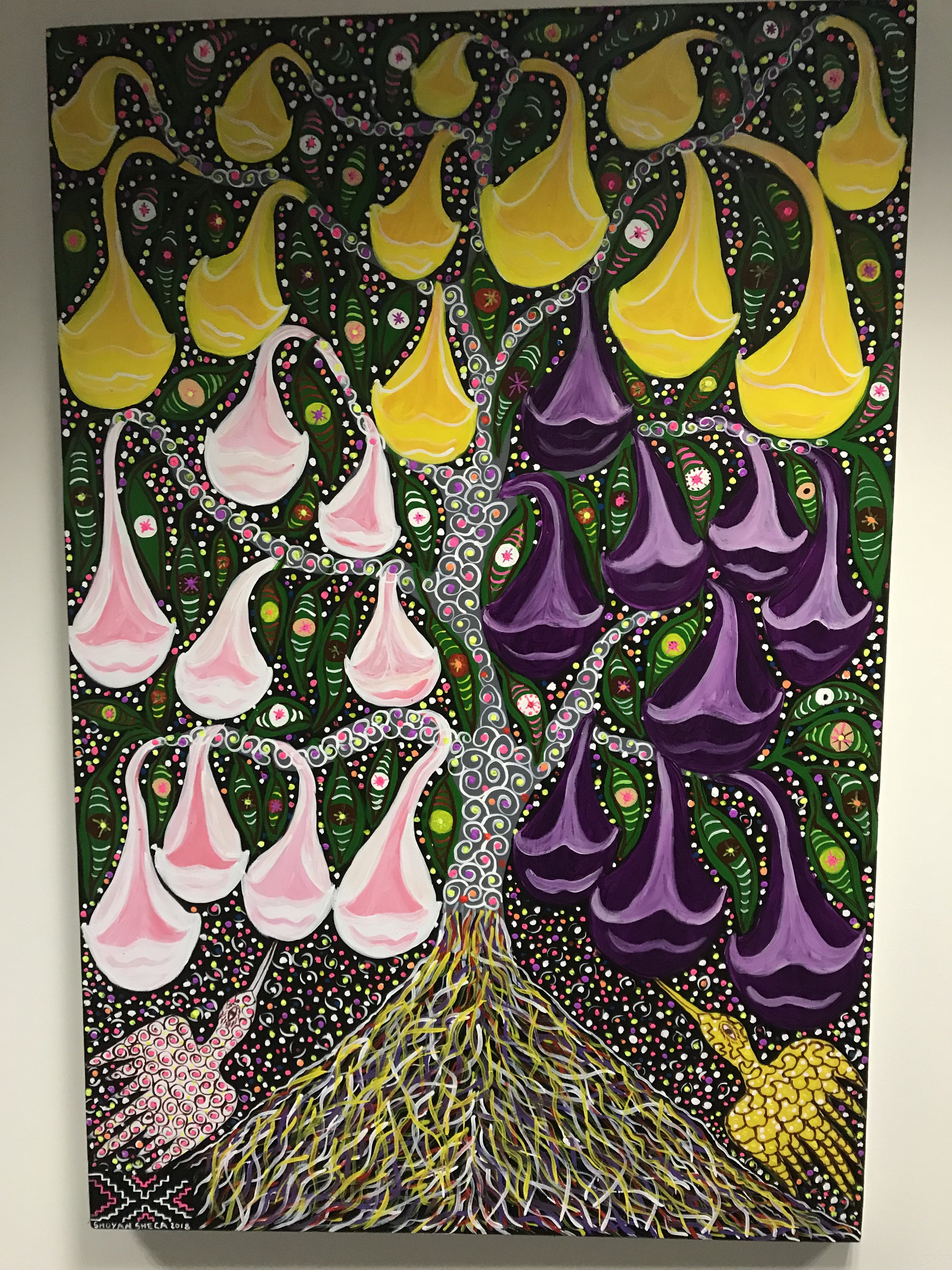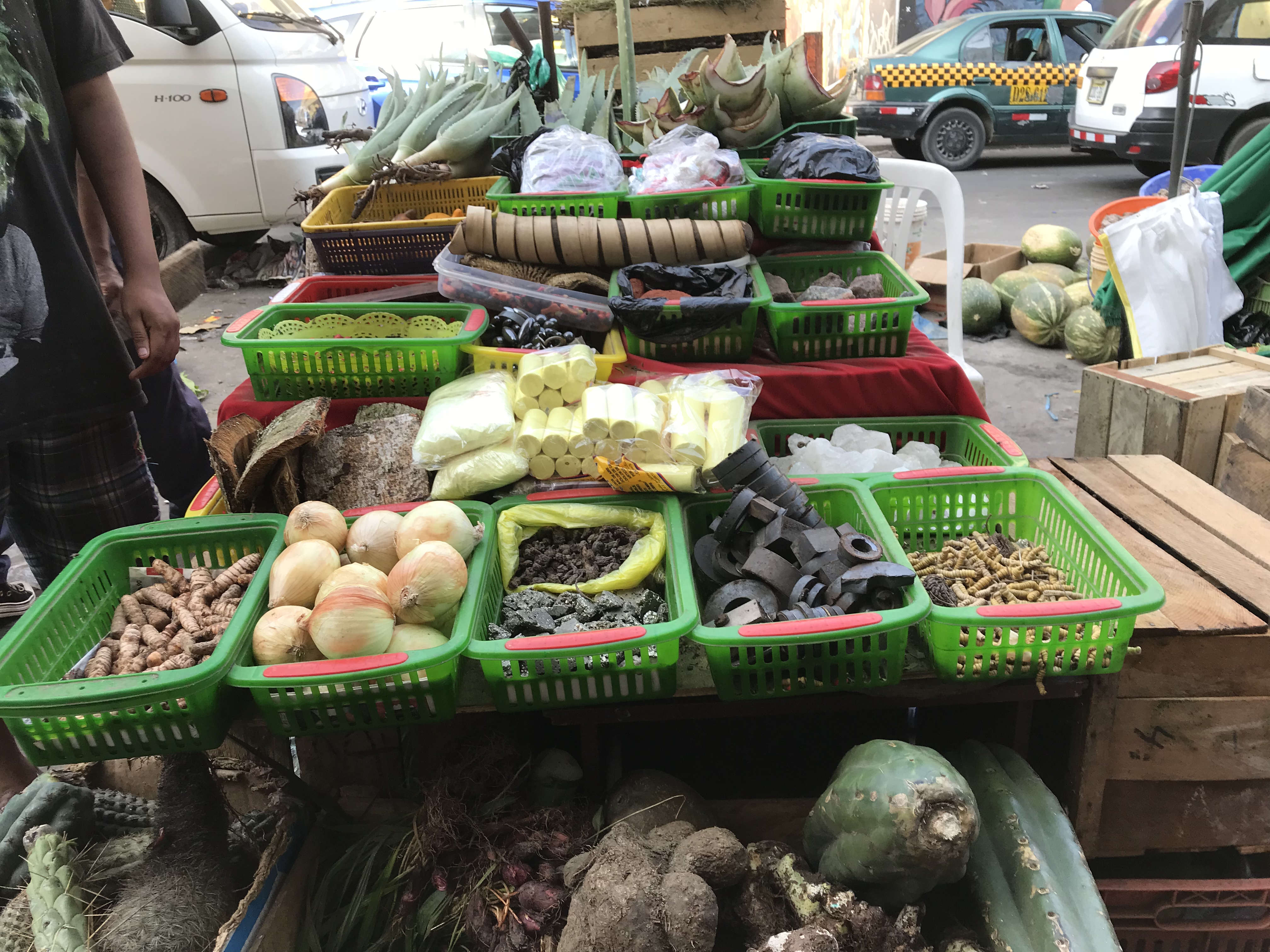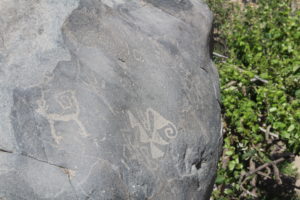It has been eighteen months since I left Peru with Mayra and Amy. We still have not taken a ride on a red London bus, because things happened.
I am all for making plans. I spent years following a vague compass bearing, and random reactions to outside forces left me like a particle of pollen in water, moving, certainly, and putting some distance between me and my starting point, perhaps, but not heading in any particular direction. So I took to plans, late in life, enthusiastically.
Mayra rejects the concept. “There is no point in making plans,” she says, “because something else will happen.”
****************************************************
I returned to Europe, to political stability, a more mature discourse, shared values, to a fortress of civilisation as anarchic populism spreads across the world like a contagious disease.
We all know a bit more about that now.
Here in central Germany, within sight of the Rhine as it flows past vineyards heading north towards the English Channel, it feels civilised and stable.
*************************************************
At first I was wary of the dogs let loose of their leads in the meadows behind the house. Lima dogs were delinquent. You could assess the security of a district by the behaviour of the dogs. In stylish Barranco with its square, it fountain and its marbles statues, there were few dogs, on leads. But four blocks inland around the market the dogs were wild, eating from the gutter. Some had owners, but nevertheless were free to scour the streets for food. More than once I was attacked by a stray whilst walking to school. On a few occasions an owner would appear and call the dog off, but when I looked at them they walked on, shifty eyed. No apology.
German dogs, I have learnt, are largely civilised.
*****************************************
We were full of hope and uncertainty when we left Peru. At Schipol in the Netherlands, we took photographs of each other in the airport, sitting on the squashy pillow men, cast in steel. Then I flew to the UK whilst Mayra and Amy went to visit a cousin in Wiesbaden.
I had barely visited my large, untidy house in seven years. When I left, the quiet town in Wiltshire had a post office, two banks, several estate agents, an Indian restaurant and a fish and chip shop, and seven public houses. Now I found it had gained a nail salon and three coffee shops, but lost a bank. Some of the pubs are struggling.
My tenant, Larry, had been in the house for ten years. I did not know him well, but we had a history. Now I planned to ask him to leave and do some basic maintenance on the property.
I was fond of the original sash windows, more than a hundred years old. But the rear of the house had been taking a battering from the rain and wind off the Atlantic for more than a hundred years. Repeated coats of paint had failed to hide the damage. I wondered if I should replace them with some modern weather-proof PVC. And then there were the floors. New carpets? One landing had a ludicrous cartoon-like print of an iron, burnt into the brown nyl0n, the evidence of a over-hasty early morning preparation for a London business meeting. Or strip back to the bare wood, sanded and waxed? I had tried to do that myself, spending several weekends with a machine with a mind of its own, before backtracking to less challenging task.
I spent four happy weeks sleeping on a camp bed downstairs and making lists. I fixed a leak under the shower, re-mortaring a brick wall, and planted some bulbs for the spring. Then I walked along the canal to a country pub and ate food which might not have matched the best of Lima for gastronomic ingenuity, but scored high on nostalgia – gammon and chips with a pineapple ring, lamb cutlets with mint sauce. It was a lovely October. There were mushrooms in the woods. I spent a day digging up invasive plum tree shoots which were spreading across a former vegetable patch, and .
In early March I flew back to Germany, taking the train to Reading, the bus to Heathrow and then a flight to Frankfurt. I stayed in a hotel close to the Frankfurt Hauptbahnhof and then took a train to Kronberg, on the northern side of Frankfurt.
At the time, none of these transport links were important. A few months later, I had stopped using public transport altogether.
At Heathrow, I saw a long line of schoolchildren waiting in line to board a flight to Spain.
At the flight check in, an Asian man in front of me sneezed. I suggested to the German girl behind me that she could take my place. “He did not cover his mouth or nose” I said. “That’s so funny!” she replied, and happily took my place.
It was early October, in the evening twilight. A deer stood in reeds besides the river Kennet.
What is the shape of this book
People, conversations, Jill, Larry, Sue,
Job in germany, move to Eschborn, weird landllord, health threats, garden gone
Escape to Sonnenberg
Political background – UK
German background – Roman limes, Germanic tribes.


 In March 1990 two bodies were found at a rock shelter over the left margin of Matanza river, 15 km from Cusi-Cusi, a small village in Santa Catalina department of north west Argentina.
In March 1990 two bodies were found at a rock shelter over the left margin of Matanza river, 15 km from Cusi-Cusi, a small village in Santa Catalina department of north west Argentina. 